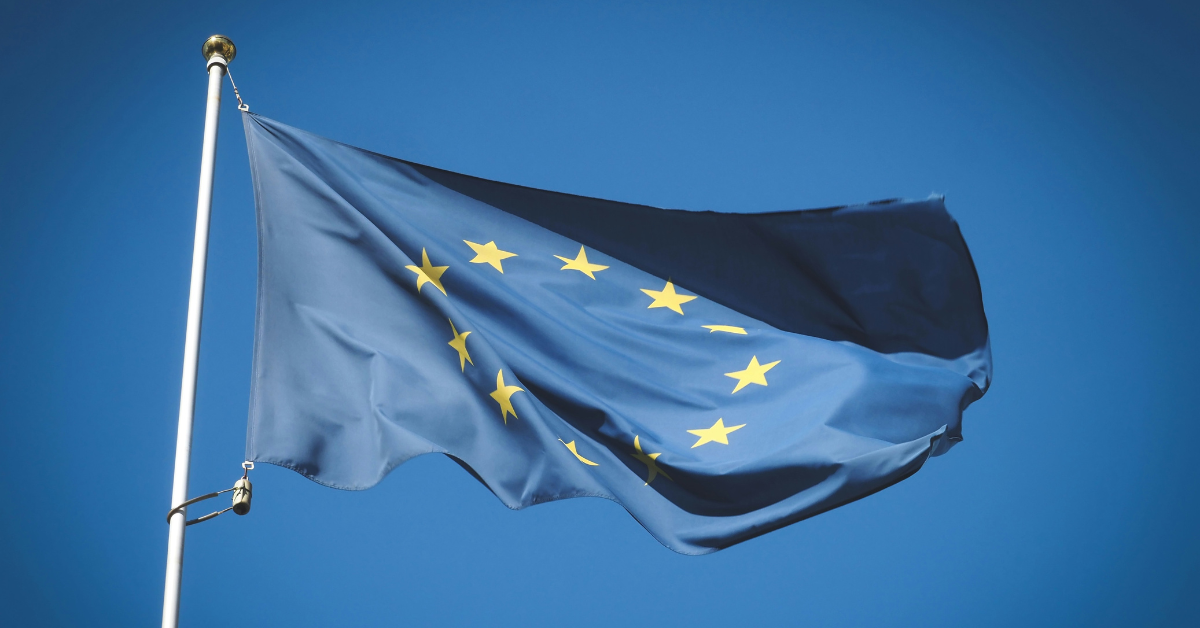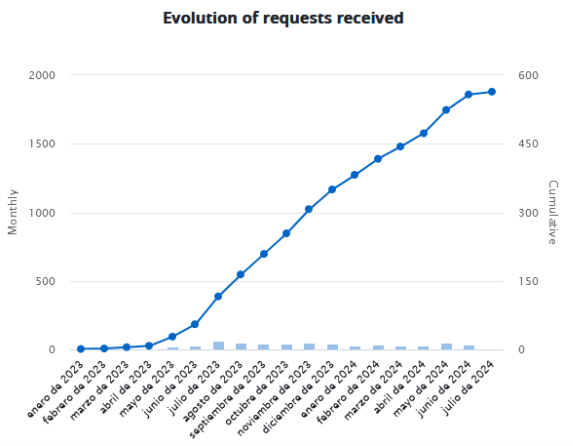
10 Jul The Unitary Patent is off to a strong start
One year of Unitary Patent
1 June 2024 marked the first year of operation of the Unitary Patent in Europe.
The Unitary Patent is the patent title that provides uniform protection, with a single registration, in all European Union countries that have signed and ratified the so-called “Unitary Patent Package”. Currently, Austria, Belgium, Bulgaria, Denmark, Estonia, Finland, France, Germany, Italy, Latvia, Lithuania, Luxembourg, Malta, the Netherlands, Portugal, Slovenia, Sweden and Slovenia constitute the group of countries that have participated in the project from the outset. Even so, the rest of the European Union countries can join progressively, as is the case of Romania, which will enter the system from 1 September 2024, increasing the protected territory to 18 countries of the Union from this date.
In the Member States not participating in the system, either because they have not yet completed the ratification process or because, as in the case of Spain, they have not signed the agreements, the Unitary Patent will have no effect for the time being.
Nevertheless, the data since the launch of the system show that the initial expectations of all participants have been exceeded.
According to data published by the European Patent Office (EPO), during the first 12 months of operation, more than 27,500 applications for unitary effect have been registered with the EPO, with an accumulated rate of almost 20% of requests for unitary effect in relation to the total number of European Patents granted, and to date the figure of 30,000 registered requests has already been exceeded. Moreover, this rate has a marked upward trend in 2024 (24.3%), compared to 2023 (17.5%).
Spanish users board the train first class
On the other hand, it is important to highlight that the country of origin of the owner does not play a role on the possibility of making use of the unitary system. For example, despite the fact that Spain does not participate in the system of coverage, Spanish owners can make use of it to protect their inventions in a unitary manner in the participating countries.
According to the statistics published by the EPO, it can be deduced that there is a good level of knowledge of the Unitary Patent system among owners of Spanish origin. Twelve months after the start-up of the project, 524 applications for unitary effect European Patents have already been registered in which the first owner cited was of Spanish origin. On the other hand, among the 997 European Patents granted in 2023 to Spanish applicants, 350 applications for unitary effect were derived. Thus, 35% of applications for unitary effect with respect to the total number of European patents granted means that the proportion of Spanish owners is significantly higher than the European average, behind Poland and Denmark with a 50% rate.
Source: https://www.epo.org/en/about-us/statistics/statistics-centre#/unitary-patente
Spanish, a technological language
Finally, it is important to note that Spanish has become itself a language of reference in applications for unitary effect. According to EPO data, with 30.1%, Spanish is the first language chosen by holders to file the mandatory translation that must accompany the request for unitary effect. This is a great news for technology diffusion in Spanish-speaking countries.
Thus, at the end of its first year of life, all the data indicate that the Unitary Patent project is making steady progress towards consolidation as an essential piece of the puzzle in the construction of Europe.
Author: Nèstor Corominas, Partner of Curell Suñol, SLP.
Photo by Alexey Larionov on Unsplash.com




